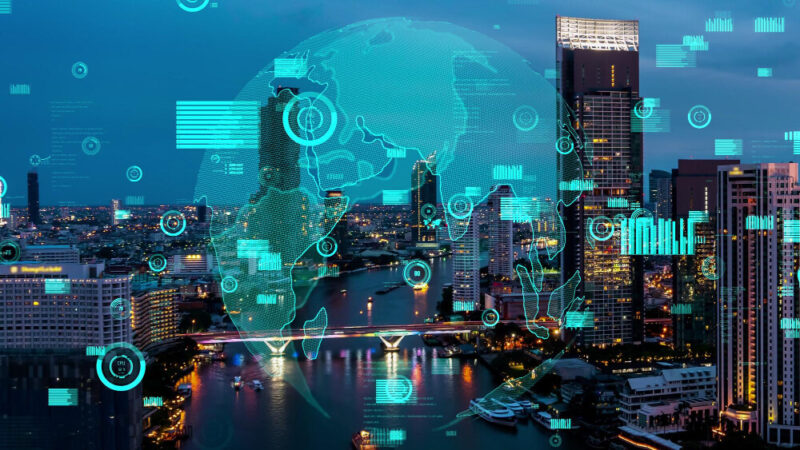We asked ChatGPT about Generative AI and the possibilities of Generative AI replacing localization. Here is its answer.

(Photo courtesy of Pexels/Shubham Dhage)
What is Generative AI?
ChatGPT’s simplified explanation: Generative AI is like a magical machine that can make new things that look like things it already knows.
It learns by looking at lots of pictures, stories, or music, and then it can create new pictures, stories, or music that are similar to the ones it saw before.
It’s like a creative robot that can draw pictures or make up stories all by itself!

(Photo courtesy of Pexels/Jason Leung @ninjason)
But we have to be careful with it, so it doesn’t make things that are not true or pretend to be someone else.
The “Magic” of Generative AI in Localization
Generative AI, also known as generative adversarial networks (GANs), is a type of artificial intelligence (AI) that can create new content, such as images, text, or music. It does this by learning patterns from existing data, then using this knowledge to generate new and unique outputs.
Generative AI models, such as Generative Adversarial Networks (GANs) and Variational Autoencoders (VAEs), can be trained on massive datasets containing multilingual content.
These models can then generate translations, localized content, and even adapt visual elements to suit specific cultures. This ability has the potential to revolutionize the localization process, making it faster and more efficient.

(Photo courtesy of Pexels/Steve Johnson @steve_j)
But…
Generative AI may not grasp the cultural nuances and domain-specific knowledge required for certain projects.
Human linguists possess a deep understanding of cultural norms and can ensure that the localized content is culturally sensitive and resonates with the intended audience.
Data Privacy and Security Concerns
In localization projects involving sensitive data, companies may hesitate to rely solely on AI models due to potential privacy and security concerns. Human translators can offer a higher level of data protection and confidentiality.
Enhancing, Not Replacing Human Expertise
As we explore the role of Generative AI in the localization industry, it becomes evident that while it holds the promise of enhancing the process, it cannot replace the indispensable human touch.
The Synergy of Human and AI
The most successful approach to localization involves striking a balance between AI-powered tools and human expertise. Combining the strengths of Generative AI with the critical eye of human linguists and reviewers can lead to more efficient and accurate localization services.

(Photo courtesy of Pexels/Icons8 Team)
The magic of Generative AI in localization lies in its collaboration with human linguists, working hand-in-hand to provide high-quality, culturally relevant, and accurate localized content to a global audience.
By leveraging the strengths of both AI and human professionals, the localization industry can continue to bridge language barriers and foster meaningful communication across the world.
(This blog version was written by AI and edited by human).
–
EQHO’s Post-editing solution provides hybrid automated translation and human post-editing model. This enables companies to scale their translations at a fraction. Are your translation solutions scalable? Check out our Post-Editing solution here.



